This might be a list you want to check twice. With 2019 coming to an end and yours and your customer’s heating bills adding up it’s time to take a look at being more energy efficient in 2020. Recently the American Council for an Energy-Efficient Economy (ACEEE) ranked each U.S. State based on their levels of energy efficiency. The list recognizes states that have improved by reaching their goals and implementing stricter or new efficiency standards.
Did your State make the Top Ten?
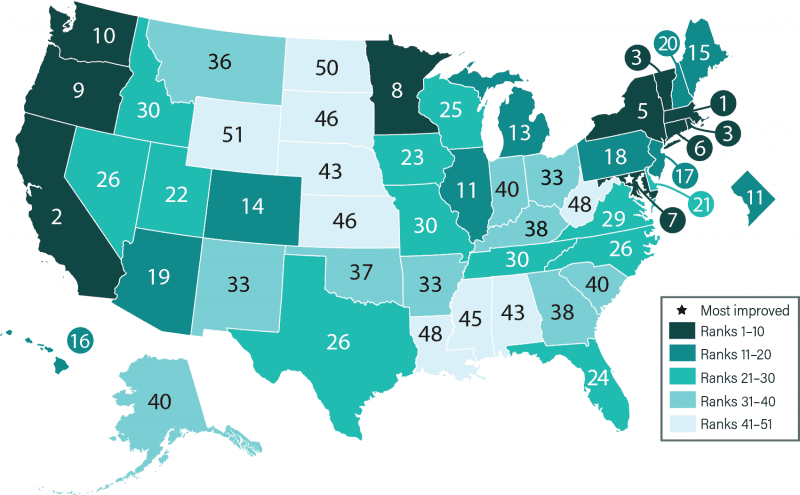
#1 With Massachusetts comes in #1, this is State to take note of and they are leading by example, literally – with their Leaving by Example Initiatives. The program partners with the Massachusetts State Government to “provide leadership, technical assistance, guidance, and grant funding to ensure successful implementation of strategies outlined in Executive Order 484.”
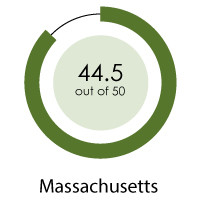
#2 California is one of the few states to adopt a commercial building energy disclosure requirement, as well as a residential multifamily disclosure requirement.
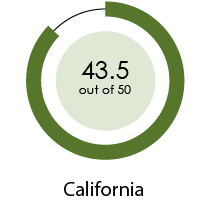
#3 A top state devoting portions of Regional Greenhouse Gas Initiative revenues for energy efficiency upgrades. The RGGI fund allocated $3.8 million to state agencies and municipalities to invest in LED lighting and associated control technologies alongside the Rhode Island Department of Transportation and the Office of Energy Resources.
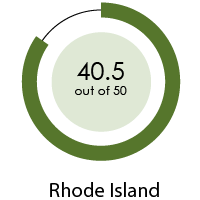
#4 Here in the Green Mountain State at University of Vermont Smart Grid Research Center is continuously conducting research to increase energy efficiency.
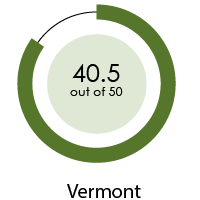
#5 New York has a goal for 2020 – improve energy efficiency from state owned and managed buildings by 20%. How is this going to be possible for the City that never sleeps? The BuildSmart NY program.
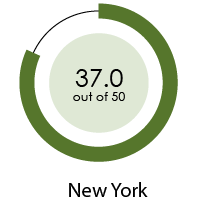
#6 Did you know – the average person spends 90% of their time indoors? Thanks to the Connecticut Efficient Healthy Homes Initiative (CTEHHI) in collaboration with the Connecticut Energy Efficiency Fund, the United Illuminating Company, and Connecticut Light and Power being indoors is healthier. By helping homeowners identifying sources of inefficiency by providing comprehensive evaluations performed by energy specialists. These specialists provide a wide range of weatherization services, as well as complete a Healthy Homes Checkup.
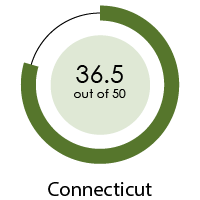
#7 Together the Maryland Clean Energy Center (MCEC) and the Maryland Energy Innovation Institute provide a hub and resources for businesses in the energy efficiency and conservation sectors. At the MCEC’s annual Clean Energy Summit a series of educational sessions about emerging technologies and practices help support the growth of efficient use of energy.
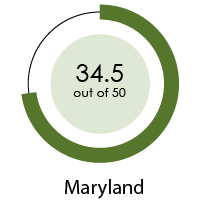
#8 Making it as a nonprofit can be difficult but in Minnesota the Rev It Up Program is lending a hand. The program that allows up to $100 million in revenue bonds to be issued for those seeking to finance energy efficiency and/or renewable energy projects.
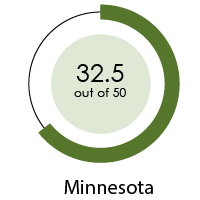
#9 Oregon takes their research and development serious:
VertueLab helps Oregon businesses compete globally by transforming and commercializing university research into new technologies, services, products, and companies.
The University of Oregon Energy Studies in Building Laboratory conducts research on buildings and related transportation to develop strategies for maximum energy efficiency.
The Baker Lighting Lab at University of Oregon provides support and opportunities for the exploration of light design ideas.
Portland State University’s Green Building Research Laboratory gives researchers work to solve the fundamental and applied research questions related to indoor and urban air quality, sustainable buildings, and human exposure to air pollution.
The Energy Trust of Oregon is an independent nonprofit organization dedicated to helping utility customers benefit from saving energy and generating renewable energy.
The Oregon Transportation Research and Education Consortium (OTREC) has teamed up with Portland-based Green Lite Motors to bring a 100 mile-per-gallon vehicle closer to market.
Oregon State University’s Nexus of Energy, Water and Agriculture Laboratory studies the physical, operational and geospatial connections in the energy-water-food nexus
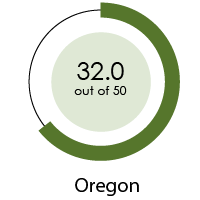
#10 Did you know that Washington State Ferries operates the largest ferry system in the United States? This is why Washington completed installation bio-fuel blending systems to reduce fleet CO2 impacts in 2013. This has kept Washington State on the top of this list for several years. Watch this video to see how the WSDOT Environmental Services keeps Washington improving.
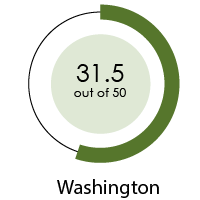
Looking to increase and maintain efficiency within your own company? Now is the time to try our Coil Cleaning products.

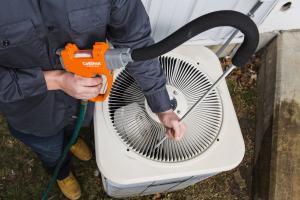
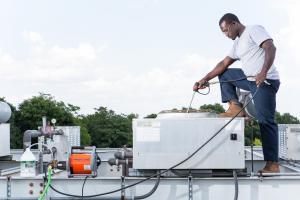
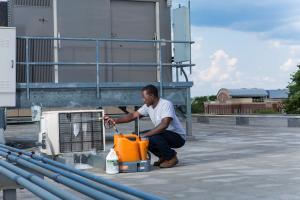
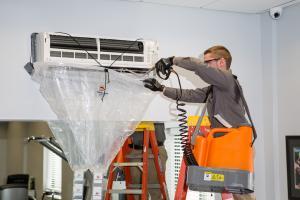
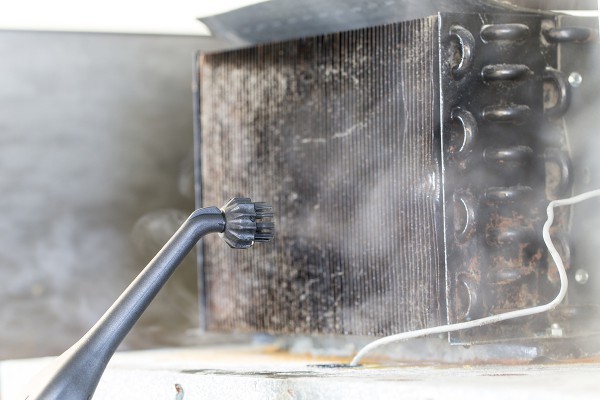
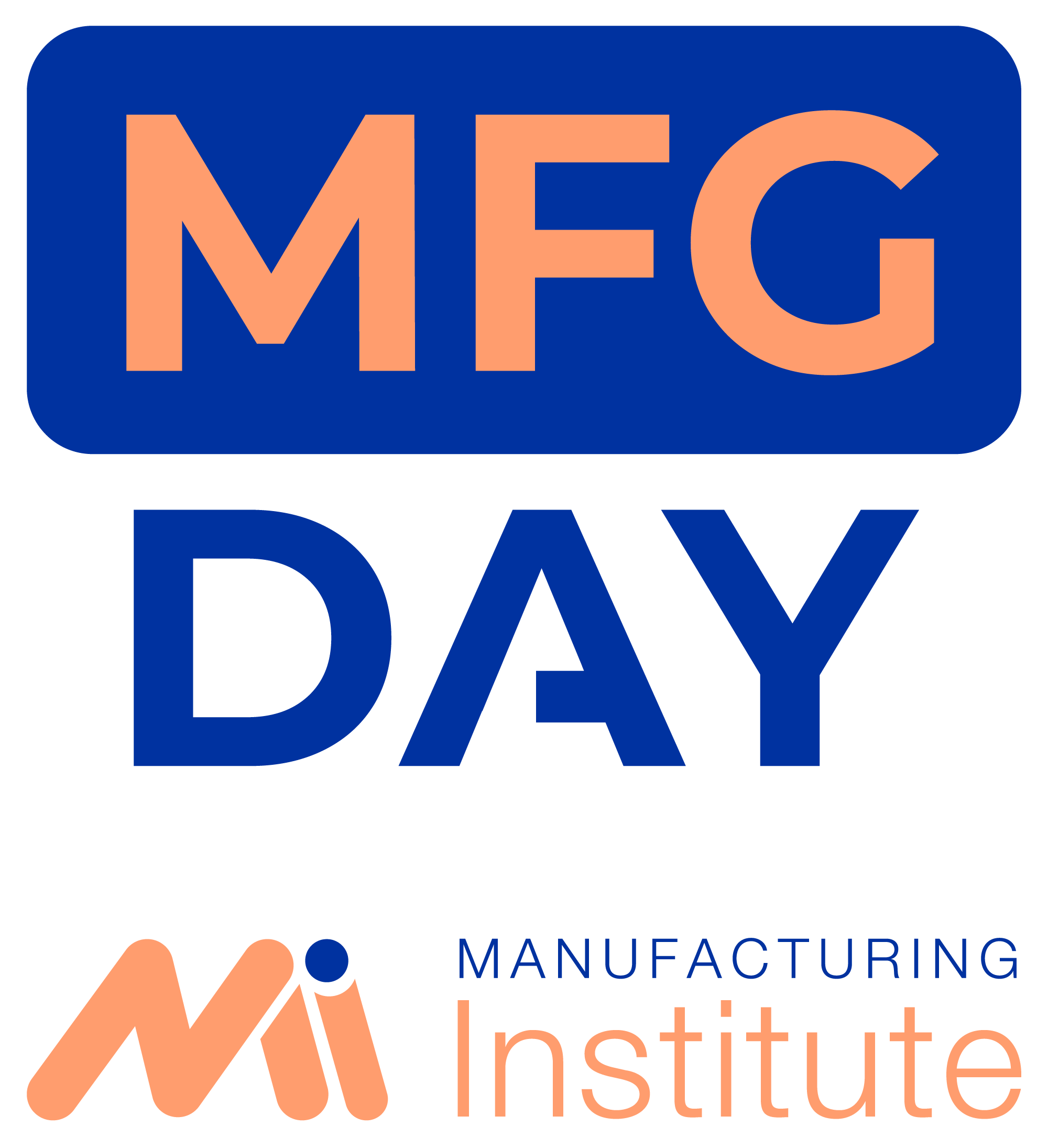
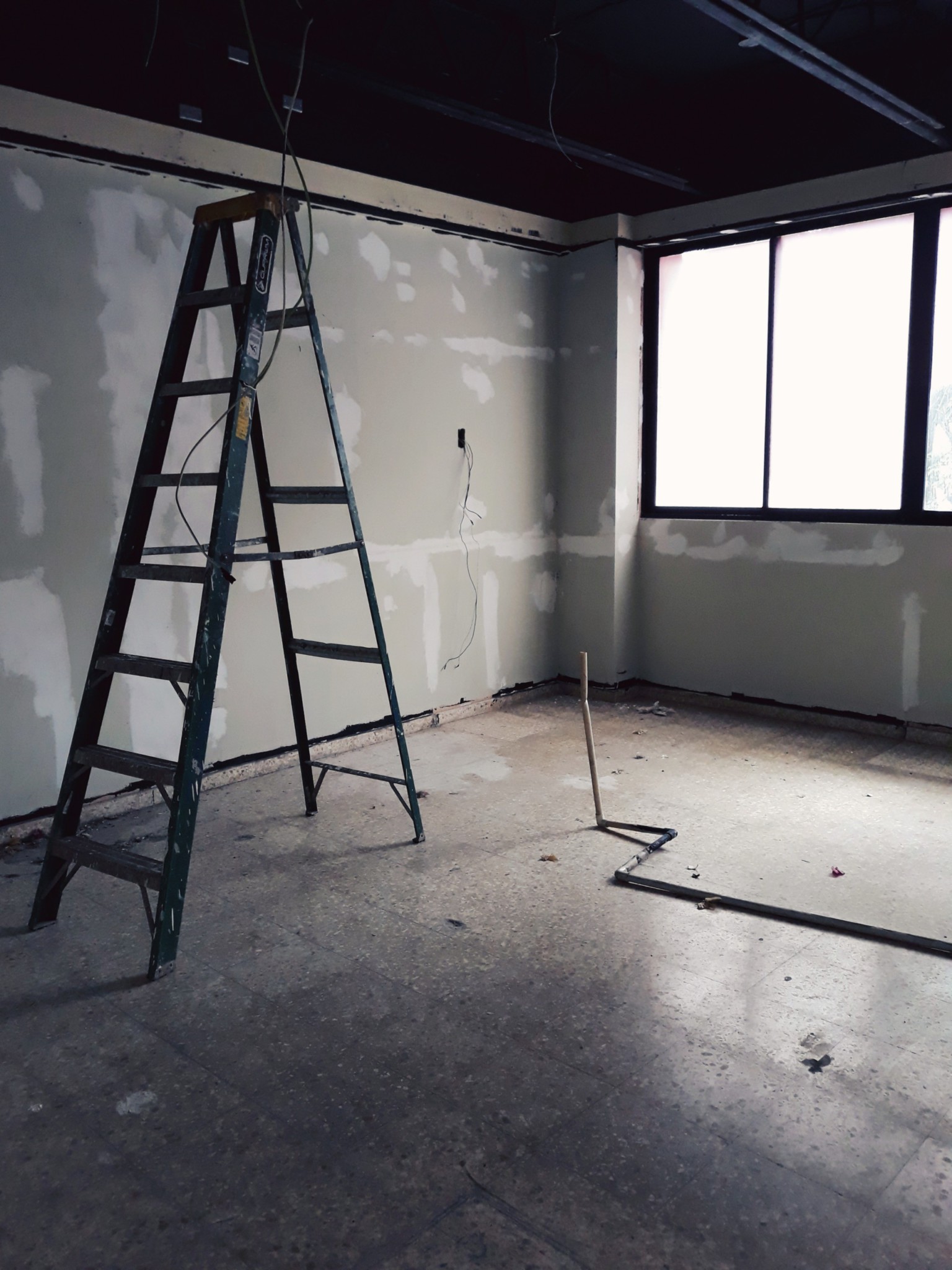
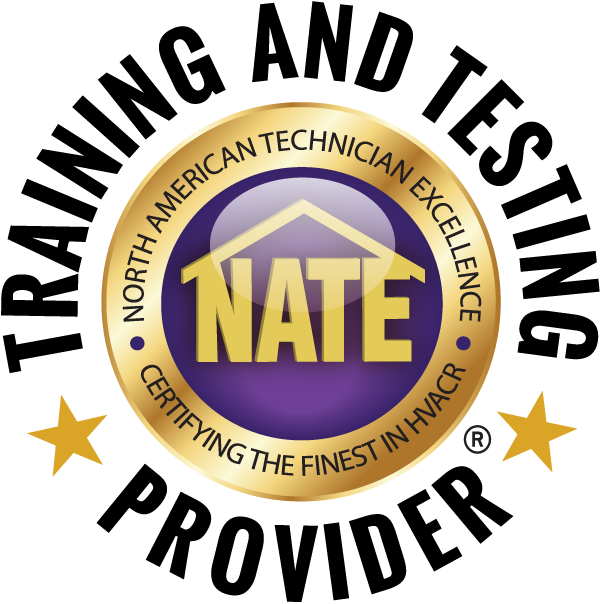

Leave A Comment